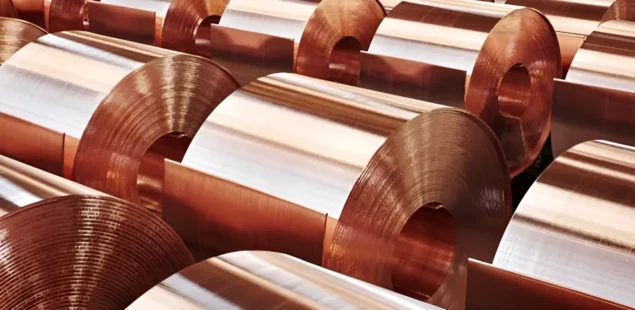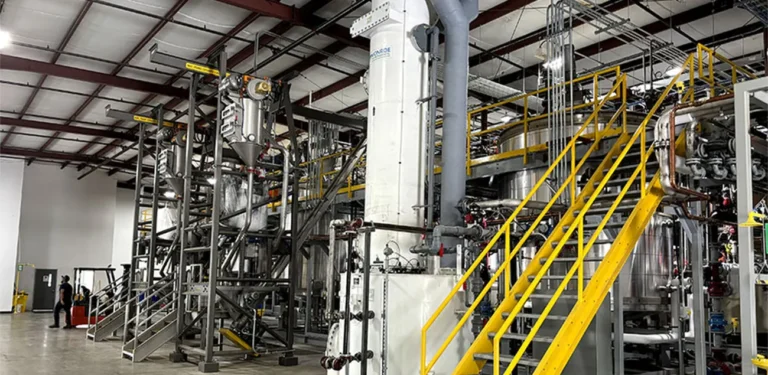
Ancient Origins and Historical Milestones
Copper is one of the oldest metals known to humanity. Archaeological evidence shows that it was used over 10,000 years ago. The Çatalhöyük settlement in modern-day Turkey, dating back to around 7500 BCE, contains some of the earliest examples of copper tools.
During the Bronze Age, copper was alloyed with tin to create bronze, marking a major leap in toolmaking and societal development. The metal was so essential that entire civilizations — like those of Mesopotamia and Egypt — flourished around copper mining and trade.
In ancient Egypt, copper was symbolically linked to life and fertility and used in religious artifacts. The Romans utilized copper extensively in plumbing, giving rise to the Latin word cuprum — the origin of the modern element symbol Cu.
Scientific Properties and Biological Role
Copper is a ductile, malleable metal with excellent thermal and electrical conductivity — second only to silver. Its reddish hue makes it easily recognizable and distinct from other metals.
Biologically, copper plays a vital role in human health. It helps with:
- Iron absorption and red blood cell formation.
- Maintaining nerve cells and immune function.
- Acting as a cofactor in enzymes essential for metabolism.
In nature, copper exists in trace amounts in soil, water, and living organisms. Marine animals like octopuses use a copper-based molecule called hemocyanin for oxygen transport — similar to how humans use iron-based hemoglobin.
Modern Applications in Technology and Industry
Today, copper is indispensable in modern life. It is used in:
- Electrical wiring and motors, due to its superb conductivity.
- Plumbing and roofing, thanks to its corrosion resistance.
- Automotive and aerospace industries, particularly in electric vehicles and aircraft.
- Renewable energy systems, such as wind turbines and solar panels.
A typical electric vehicle contains up to 80 kg of copper, and global demand is expected to soar as the world transitions to clean energy. Its reliability and efficiency make copper a cornerstone of modern infrastructure.
Environmental Impact and Recyclability
Copper stands out for its sustainability. It is 100% recyclable without loss of quality. Recycled copper meets about 35% of global demand, significantly reducing the need for new mining.
Recycling copper requires up to 85% less energy than primary production, lowering carbon emissions and environmental footprint. Because of its long lifespan and reusability, copper is a model metal for circular economy systems.
Moreover, copper’s antimicrobial properties reduce the spread of bacteria, making it useful in public spaces, hospitals, and water purification systems — another sustainability benefit often overlooked.
Fun and Surprising Copper Facts
Here are some lesser-known copper facts that might surprise you:
- The Statue of Liberty contains over 80 tons of copper — its green color comes from natural oxidation over time, forming a patina that protects the metal.
- Copper kills 99.9% of bacteria on its surface within hours, earning it a place in antimicrobial design.
- Pure copper is non-magnetic, but it can form magnetic alloys.
- Ancient Chinese coins were made of copper and shaped with square holes for easy stringing.
- The human body contains about 0.1 grams of copper per kilogram, mostly stored in muscles, liver, and bones.
Copper in Culture and Symbolism
Copper has long been associated with beauty, healing, and protection. In alchemy, it was symbolized by Venus, reflecting its connection to femininity and love. Many cultures believed copper had healing powers and wore it to treat arthritis and inflammation.
In architecture, copper's elegance and patina make it a favorite for roofs, domes, and sculptures — from medieval European churches to modern design icons.
In mythology and folklore, copper was considered a bridge between earthly and divine forces. The Greeks linked it to Aphrodite, while in Hinduism, copper utensils are used in ritual purification.
Its presence in coins, jewelry, and art over millennia underscores its enduring cultural and aesthetic value.
FAQ
What are 5 facts about copper?
- Copper was the first metal used by humans over 10,000 years ago.
- It is the second-best conductor of electricity after silver.
- Copper is naturally antimicrobial.
- It is 100% recyclable with no loss in quality.
- The Statue of Liberty is coated in copper, which has turned green due to oxidation.
Why is copper so special?
Copper is special due to its unique combination of conductivity, malleability, and antimicrobial properties. It plays a crucial role in technology, health, and sustainability. Its historical and symbolic significance also sets it apart from other metals.
What are 5 things copper is used for?
- Electrical wiring and electronics.
- Plumbing and roofing.
- Electric vehicle components.
- Renewable energy systems (solar, wind).
- Medical devices and antimicrobial surfaces.
What are 5 characteristics of copper?
- Excellent electrical and thermal conductivity.
- Corrosion resistance.
- Ductility and malleability.
- Distinct reddish-orange color.
- Antimicrobial effectiveness.



